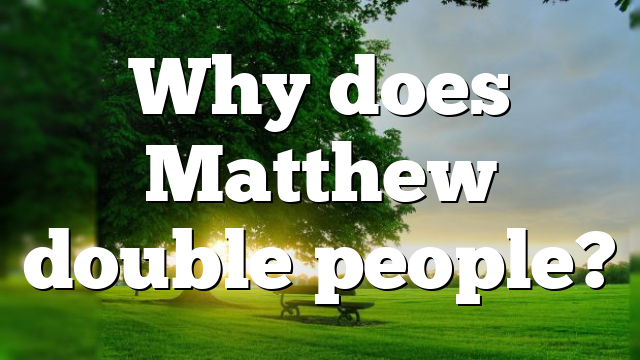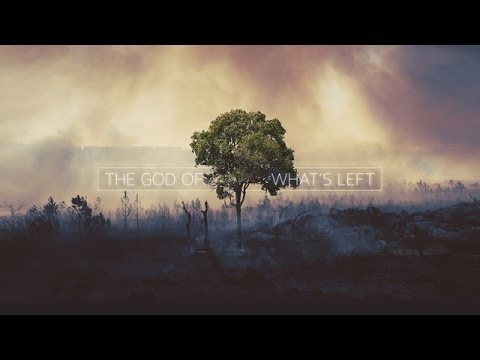Click to join the conversation with over 500,000 Pentecostal believers and scholars
Click to get our FREE MOBILE APP and stay connected
| PentecostalTheology.com



Matthew seems to mention two people (or animals) where other Gospels mention just one, e.g.
- two demon possessed men, in Matthew 8:28-34 (compare Mark 5:1-17 and Luke 8:26-39)
- two blind men, in Matthew 9:27-31 and two more blind men, in Matthew 20:29-34 (compare Mark 10:46-52 and Luke 18:35-43)
- a colt and a donkey, in Matthew 21:1-11 (compare Mark 11:1-11 and Luke 19:29-38)
Why does Matthew sometimes have pairs where the other Synoptics have individuals?




Anonymous
It means that this was something Jesus was in the habit of doing—emphatic as with verily, verily.
Anonymous
emphatic is in fact NOT the case here as John Mushenhouse may confirm
Anonymous
Troy Day I’m aware some take this literally instead of as a literary device. Some also take idioms literally, such as “locusts and wild honey.”
Fundamentalism begins with a literal reading unless it obviously makes no sense. I’m merely willing to think a bit longer and get beyond the obvious.
Matthew wrote his gospel for the Jews and the diaspora who were well trained in the use of parallelism, its meaning and application.
Anonymous
It means that this was something Jesus was in the habit of doing—emphatic as with verily, verily.
Anonymous
Ken Van Horn Are you agreeing with Charles Page that there are NO female angels?
Anonymous
Troy Day There are female angels. Two female angels are described as carrying the woman in the basket to Babylon in Zechariah 5.